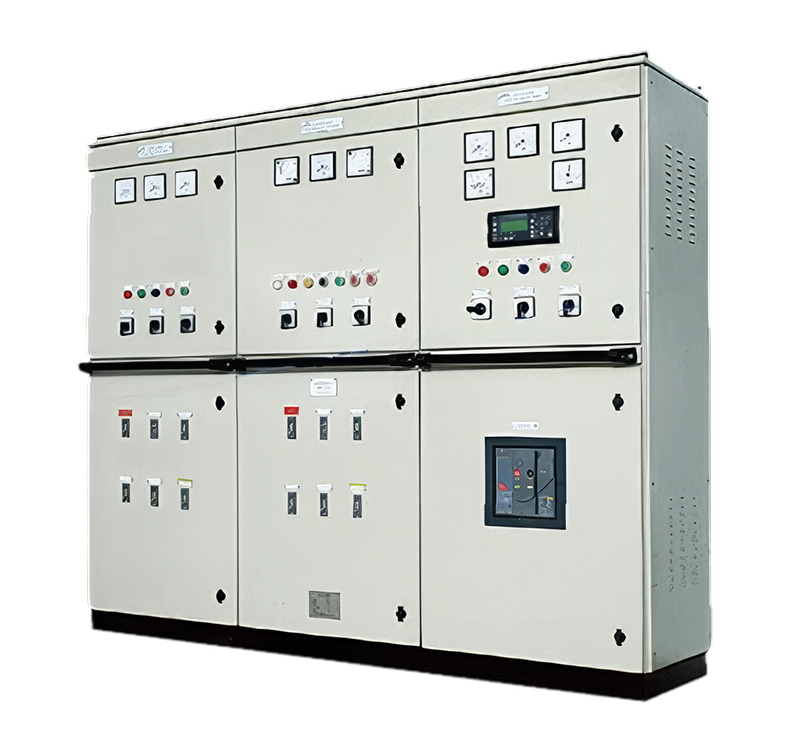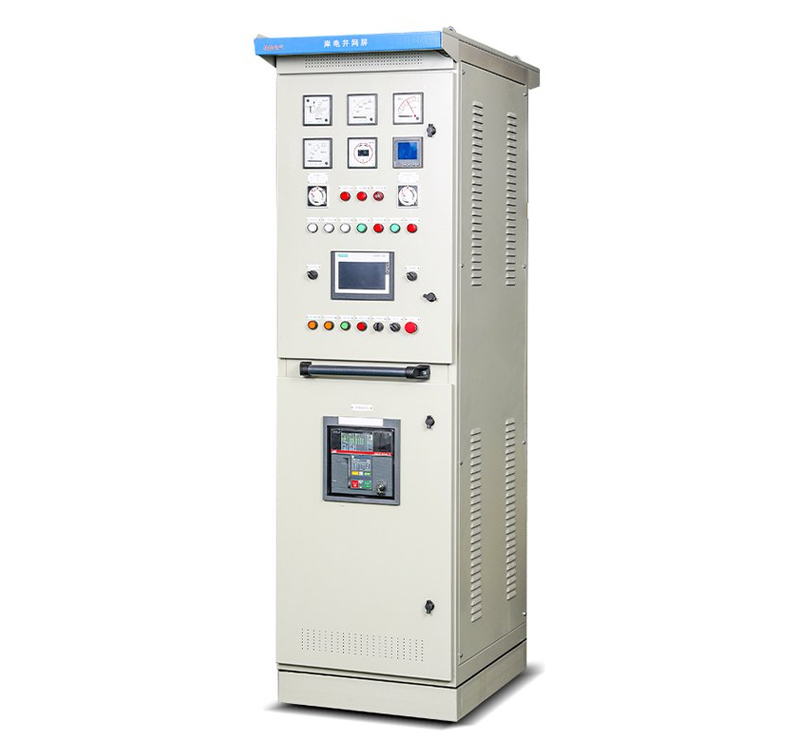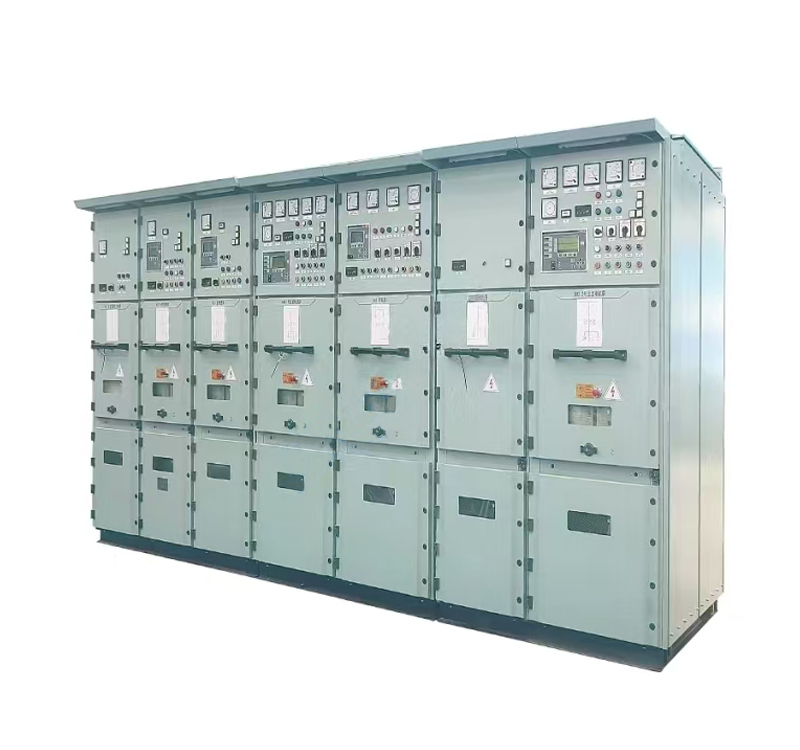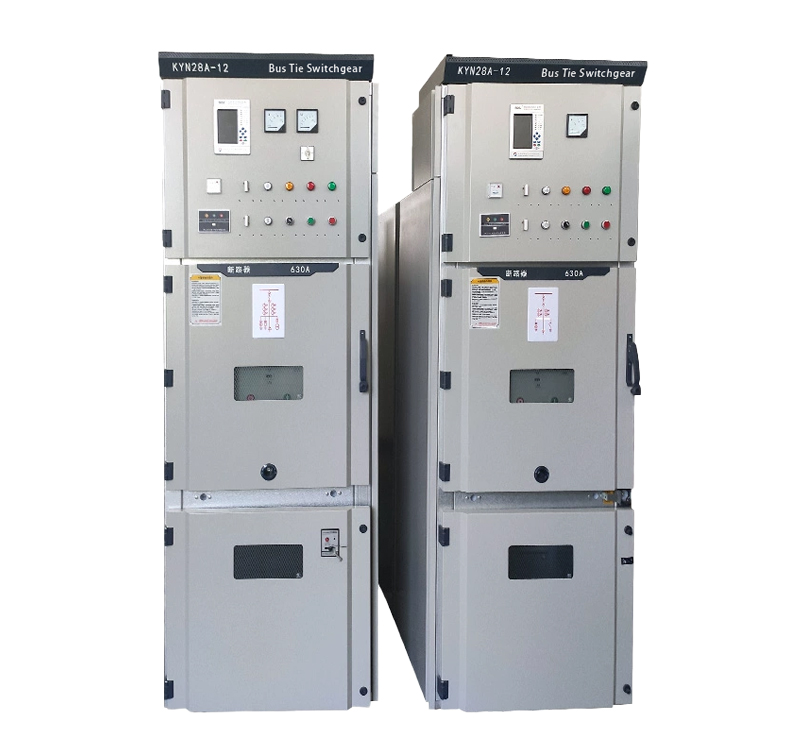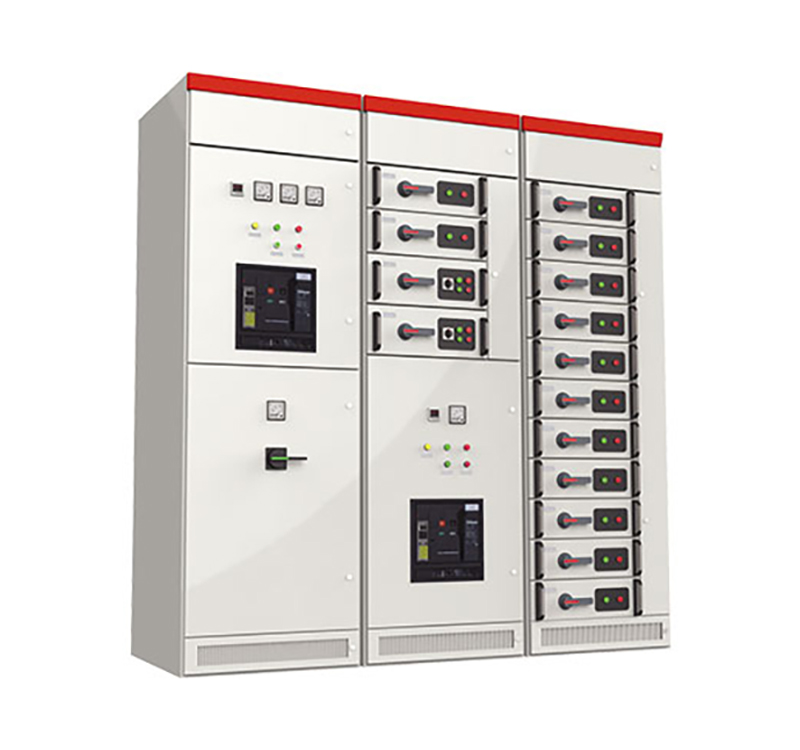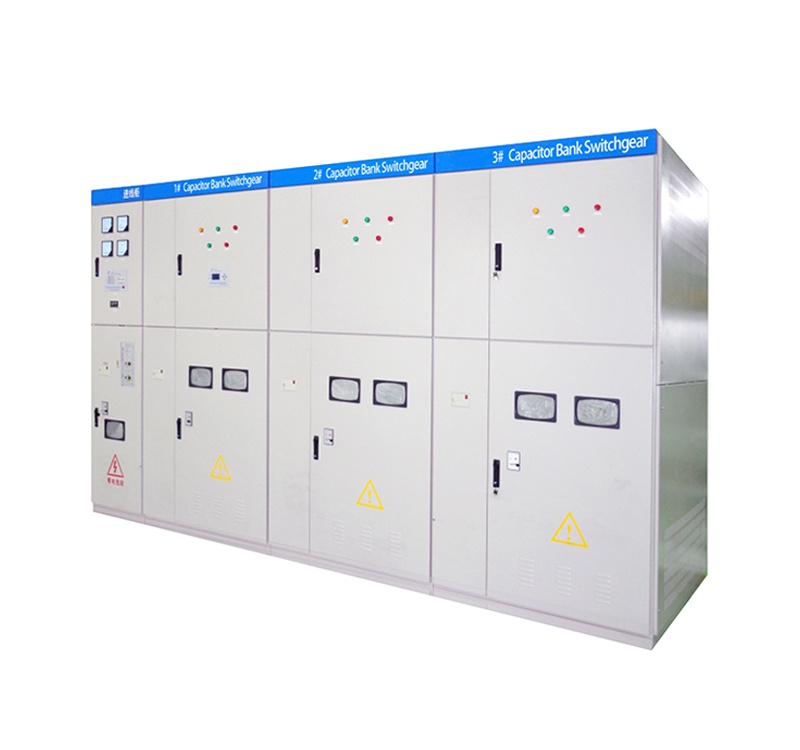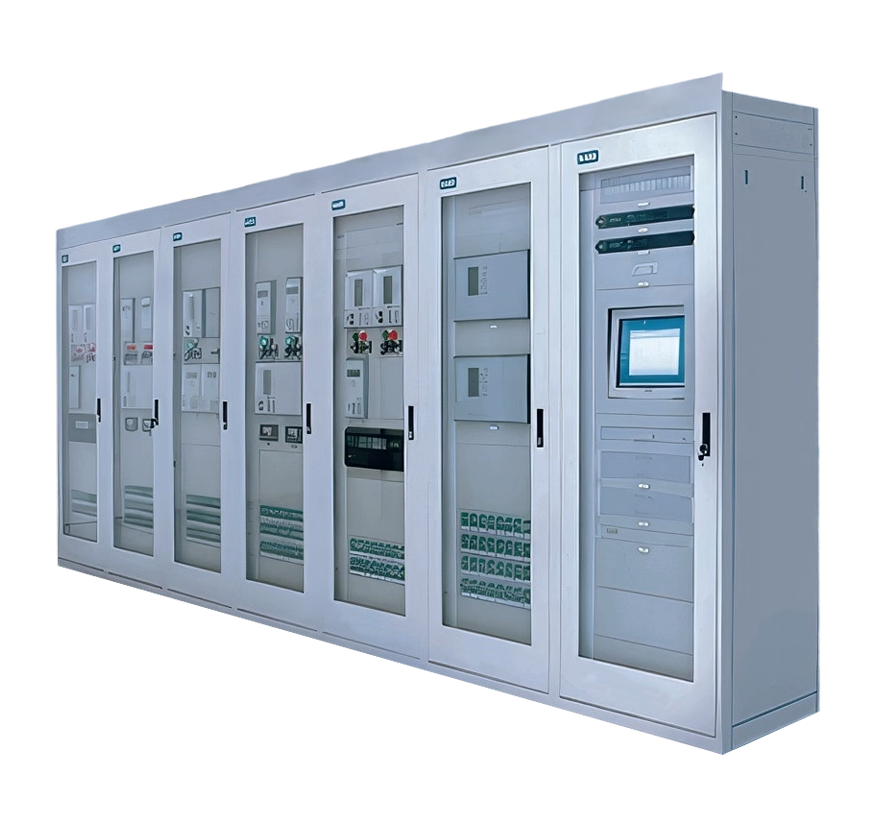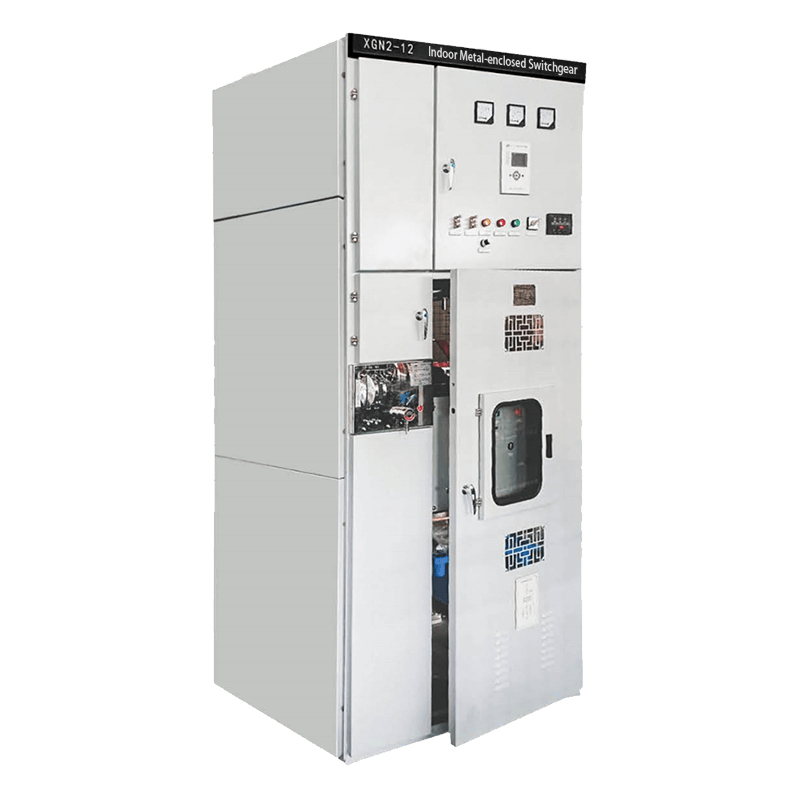
Marine Switchboard Market Share Analysis (Current)
European Dominance (~55%)
ABB, Siemens, and Schneider Electric collectively hold over half the global market, leveraging deep technical expertise, particularly in high-end vessels (LNG carriers, cruise ships).
Japanese & Korean Presence (~25%)
Yaskawa Electric, Fuji Electric (Japan), Hyundai Heavy Industries, and Samsung Heavy Industries (South Korea) maintain strong positions in RoPAX vessels and container ships, supported by domestic shipbuilding ecosystems.
Rise of Chinese Manufacturers (~15%)
Companies like Taïyong Electric and Liangxin Electric are expanding rapidly in bulk carriers and inland waterway vessels through cost competitiveness and localized services.
Other Regions (~5%)
Emerging shipbuilding economies (Southeast Asia, India) account for the remainder, primarily supplying small-to-medium vessels.
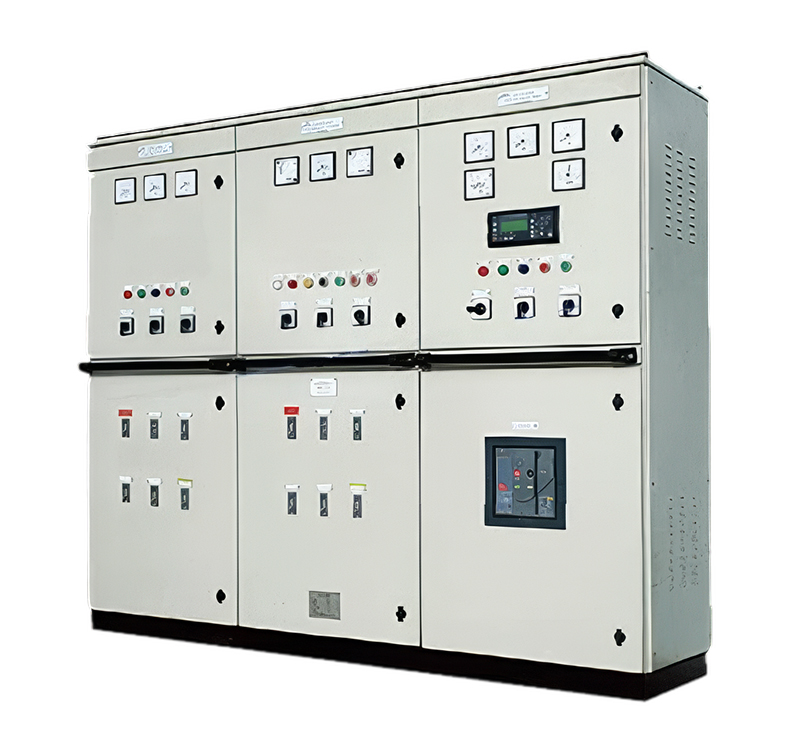
Future Development Trends
Accelerated Smartization & Integration
Post-2025, demand for IoT-enabled intelligent switchboards will grow at 12% annually, enabling remote monitoring and energy management as standard features in newbuilds.
Green Shipping Driving Technological Upgrades
Commercialization of ammonia-fueled and hydrogen-powered vessels (projected to reach 15% by 2030) will boost demand for high-voltage/explosion-proof switchboards, with European firms leading R&D.
China’s Expanding Market Share
Leveraging the world’s largest shipbuilding capacity (47% global share in 2023), Chinese brands may capture >25% market share, penetrating high-value vessel segments.
Modularization as Industry Standard
Plug-and-play modular switchboards will increase from 30% to 50% penetration within 5 years, reducing installation costs by >20% to shorten shipbuilding cycles.
Stricter Regulations Raising Barriers
IMO’s new efficiency standards requiring 30% energy efficiency improvements will phase out 40% of substandard products, pressuring SMEs to upgrade technologies.
Conclusion: European players maintain short-term dominance in premium segments, but Chinese manufacturers are rapidly gaining ground through cost and scale advantages. Future competition will center on smart functionalities, green compatibility, and modular innovation, with technological agility determining market repositioning.
